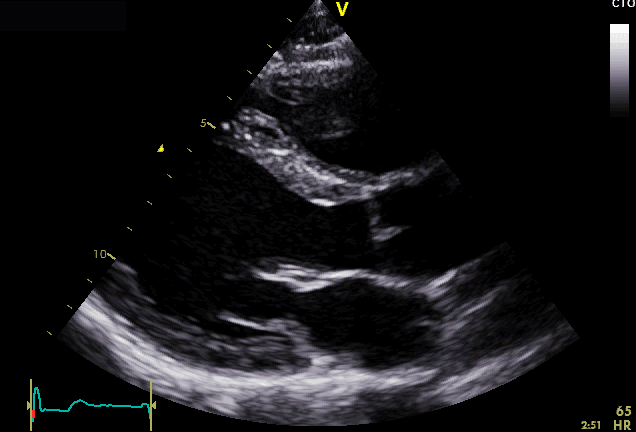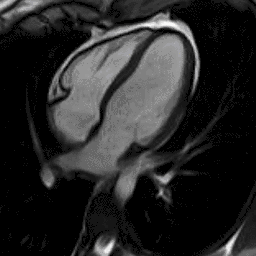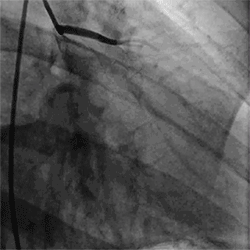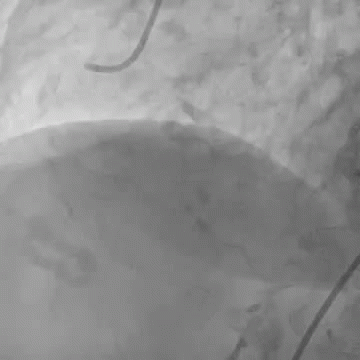
Ahmet Barutcu
Associate Professor, MD
Cardiologist
Meet Dr. Ahmet Barutcu
Dr Ahmet Barutcu is a consultant cardiologist practising in Canakkale. His substantive consultant appointment is at Canakkale Onsekiz Mart University Research And Training Hospitals. Dr Ahmet Barutcu has extensive experience in all aspects of adult cardiology, in particular the prevention and treatment of heart attack, the role of angioplasty. He has a keen interest in cardiac imaging and offers an extensive range of investigations and treatment for cardiac conditions. Dr. Barutcu's practice comprises a broad spectrum of cardiological conditions, and he specialises particularly in the management of coronary artery disease, including the role of revascularisation by percutaneous coronary intervention (coronary angioplasty and stenting). Dr. Barutcu was instrumental in establishing primary angioplasty for the acute management of heart attack at the at Canakkale Onsekiz Mart University Research And Training Hospital in Canakkale, providing 24 hour emergency angioplasty for patients with acute myocardial infarction in the Greater Canakkale area. After qualification in 2005, he trained first in Consultant Cardiology in Bigadic State hospital in Balikesir, Turkey then he started academic career at Canakkale Onsekiz Mart University in 2012. Dr. Barutcu did observership about the cardiac MRI at the Royal Brompton Hospital, London He undertook visiting research Fellowship in cardiac MRI about the new MRI tools such as T1 mapping and Tagging strain analysis in 2017 at the Oxford University John Radcliffe Hospital.Regular attendance at international scientific and medical meetings, and participation in local and regional clinical governance, helps to keep Dr.Barutcu up to date with the latest advances in cardiology, and maintain clinical standards. Dr.Barutcu give lecture and continues to support medical education at the Canakkale Onsekiz Mart University

Practice Areas
01
Echocardiography has become routinely used in the diagnosis, management, and follow-up of patients with any suspected or known heart diseases. It is one of the most widely used diagnostic tests in cardiology. It can provide a wealth of helpful information, including the size and shape of the heart (internal chamber size quantification), pumping capacity, and the location and extent of any tissue damage. An echocardiogram can also give physicians other estimates of heart function, such as a calculation of the cardiac output, ejection fraction, and diastolic function (how well the heart relaxes).
02
Coronary Angiography
Coronary angiography is a method used to detect coronary artery disease. The cause of vascular stiffness can be determined by how narrow and / or blocked the region of the coronary arteries. It detects the stenosis or obstruction of the vein and allows the treatment to be directed as required.

04
Cardiac MRI
Cardiac MRI is a medical imaging technology for the non-invasive assessment of the function and structure of the cardiovascular system. It is derived from and based on the same basic principles as magnetic resonance imaging (MRI) but with optimization for use in the cardiovascular system. These optimizations are principally in the use of ECG gating and rapid imaging techniques or sequences. By combining a variety of such techniques into protocols, key functional and morphological features of the cardiovascular system can be assessed.


05
Pacemaker Implantation
Pacemaker is a medical device which uses electrical impulses, delivered by electrodes contracting the heart muscles, to regulate the beating of the heart.
The primary purpose of a pacemaker is to maintain an adequate heart rate, either because the heart's natural pacemaker is not fast enough, or because there is a block in the heart's electrical conduction system. Modern pacemakers are externally programmable and allow a cardiologist to select the optimum pacing modes for individual patients. Some combine a pacemaker and defibrillator in a single implantable device. Others have multiple electrodes stimulating differing positions within the heart to improve synchronisation of the lower chambers (ventricles) of the heart.

03
Percutaneous Coronary Intervention
Percutaneous coronary intervention (PCI) is a non-surgical procedure used to treat narrowing (stenosis) of the coronary arteries of the heart found in coronary artery disease. After accessing the blood stream through the femoral or radial artery, the procedure uses coronary catheterization to visualise the blood vessels on X-ray imaging. After this, an interventional cardiologist can perform a coronary angioplasty, using a balloon catheterin which a deflated balloon is advanced into the obstructed artery and inflated to relieve the narrowing; certain devices such as stents can be deployed to keep the blood vessel open. Various other procedures can also be performed.

06
ECG holter
ECG holter is a type of ambulatory electrocardiography device, a portable device for cardiac monitoring (the monitoring of the electrical activity of the cardiovascular system) for at least 24 hours (often for two weeks at a time).
The Holter's most common use is for monitoring ECG heart activity (electrocardiography or ECG). Its extended recording period is sometimes useful for observing occasional cardiac arrhythmias which would be difficult to identify in a shorter period. For patients having more transient symptoms, a cardiac event monitor which can be worn for a month or more can be used.



